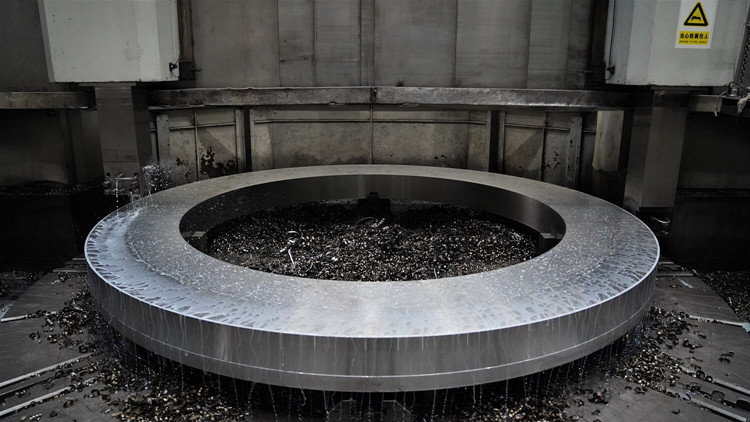- tyler@kirail.com
- +86 15603721115
When it comes to the processes used to make metals, the 3 most common manufacturing processes are casting, machining, and forging. Below we will look at the effects of each process on metals.
1. Casting
The metal is melted and poured into a "casting" to form a blank of the item to be produced, which is cooled and usually placed into a CNC machine for finishing, such as a camshaft. There is no grain flow and the item has no added directional strength. This is the most cost-effective way to make steel products, but the final product is not as strong/durable.
2. Machining
This is what companies mean when they say "billet". The sheet or billet is placed directly on the CNC machine and cut until it is finished. Most companies will promote "billet" as the strongest because it retains the original grain flow, however, this grain flow is unidirectional, so on asymmetric items (such as gears), machining will expose the grain ends, making the item more susceptible to fatigue and stress. This is a very cost inefficient method of making steel products (because of the waste of material), but it is the most versatile of all for custom one-off products, and is used for small batches when a "cast" product is not strong enough. The final product is only as strong as the "cut" it is made from (except for heat treatment, etc.), which is why the choice of steel is so important.
3. Forging
The most common method used is to heat the billet and place it into a special tool called a "die". The heated metal is placed under extreme pressure and forced into the shape of the "die". Unlike the "cut" it was once, the grain flow is directional and has been oriented in a way that increases strength/toughness (i.e. increases the ductility and impact resistance of the steel). In addition, because there are no grain ends exposed, forged items are less susceptible to fatigue and stress.

Why is forging said to make metal stronger?
1. Forging produces a predictable and uniform grain structure and flow characteristics, resulting in improved directional strength
Forging eliminates internal voids/air pockets that weaken metal parts, providing superior chemical uniformity and greater structural strength
2. Forging ensures the correct direction of grain flow, maximizing fatigue resistance and improving impact strength
In short, the forging process can increase its strength/toughness by about 30% over the original billet. Compared to casting (forging vs casting), the initial tooling cost of forging is much higher, so large-scale production is required to "break even". But due to the advantages of forging, it is a very cost-effective production method for large-scale production.